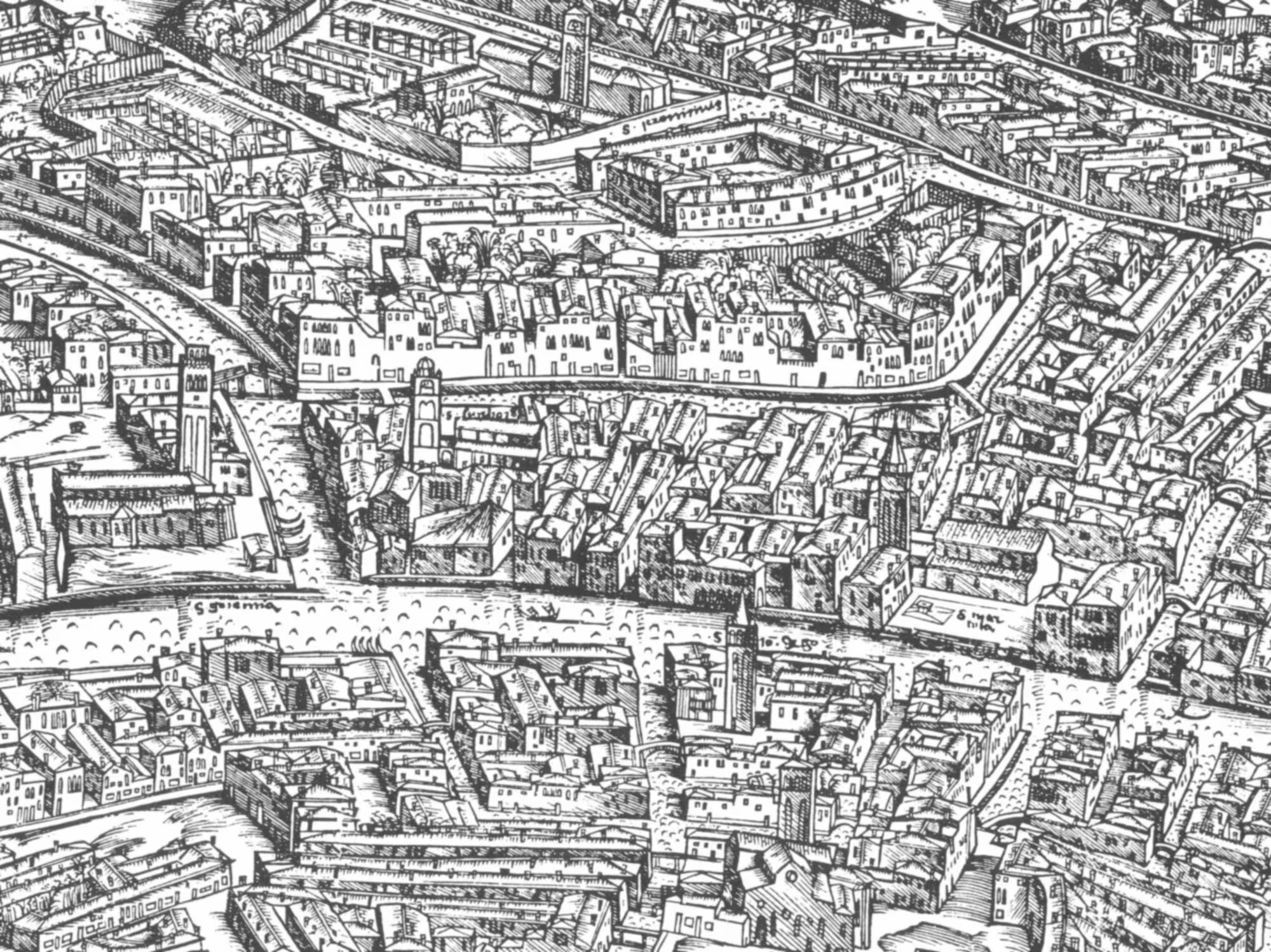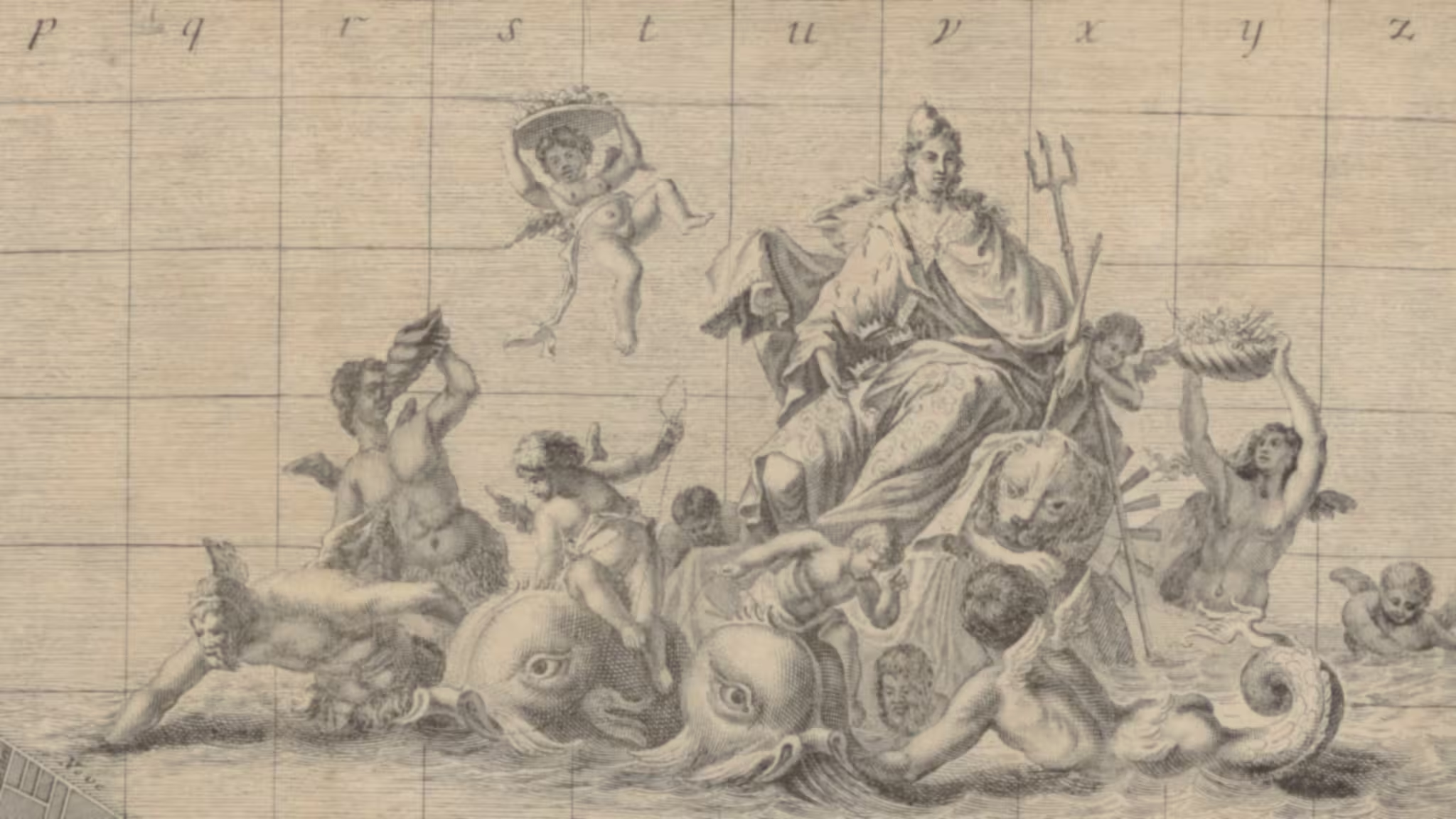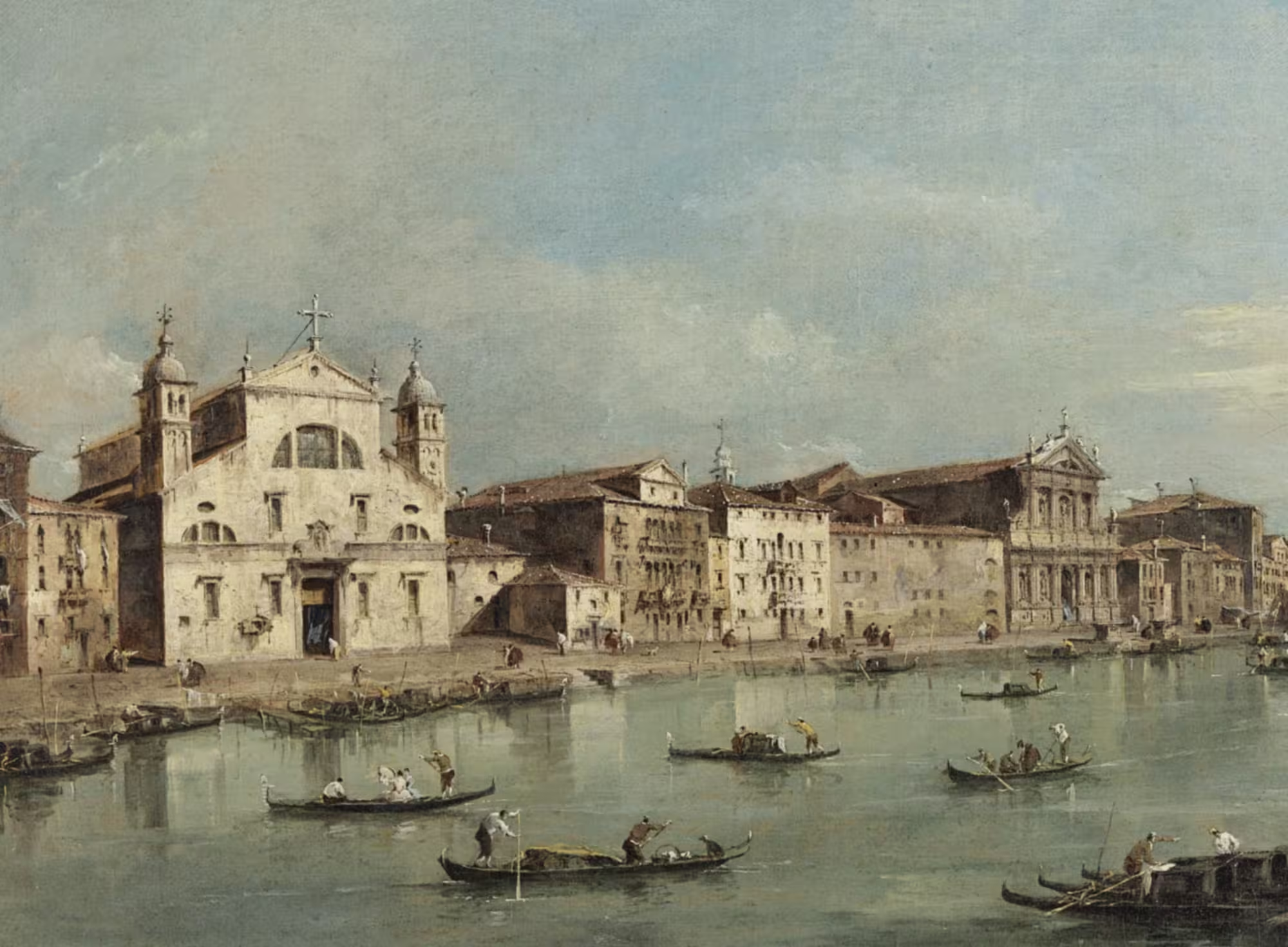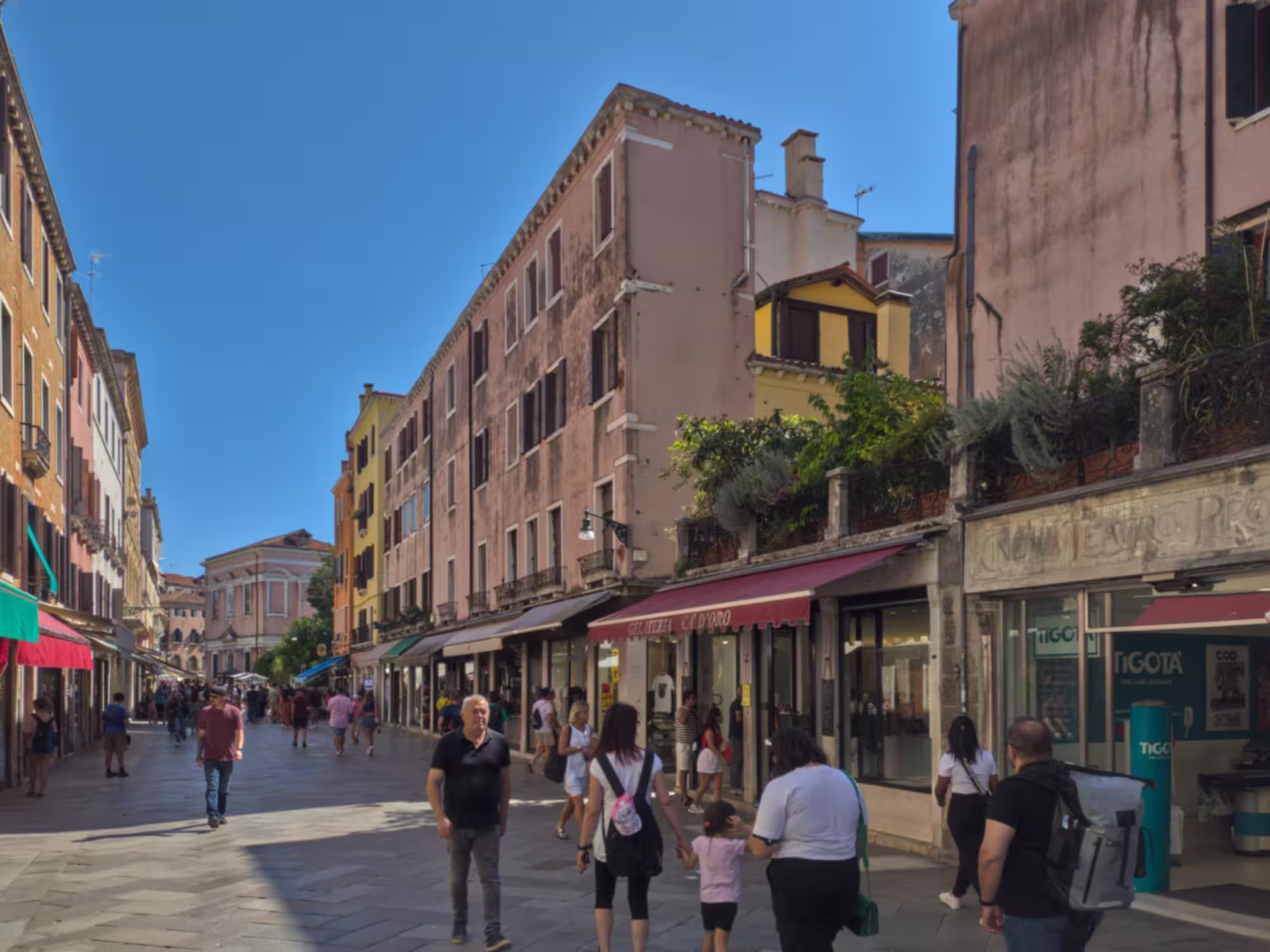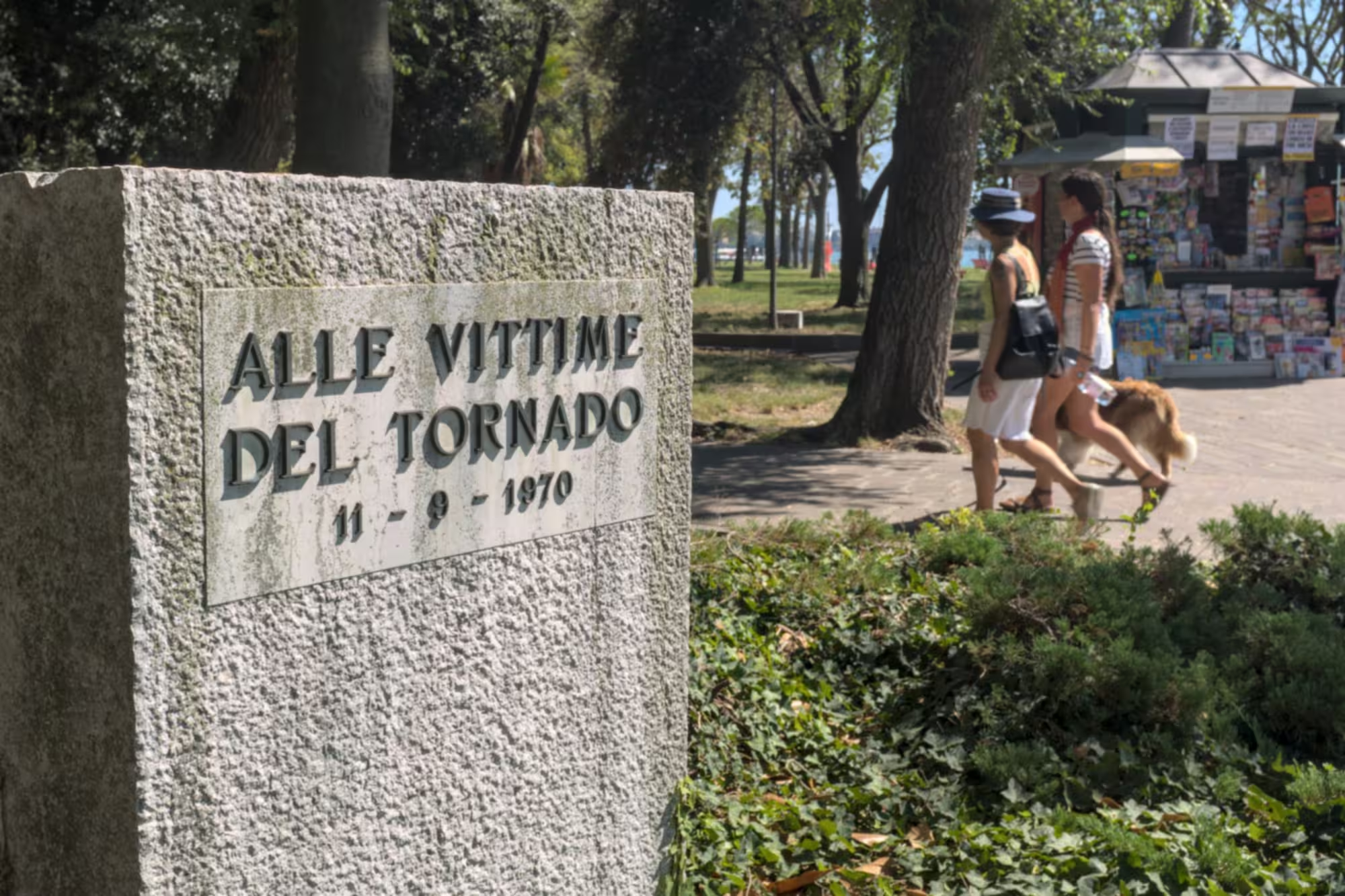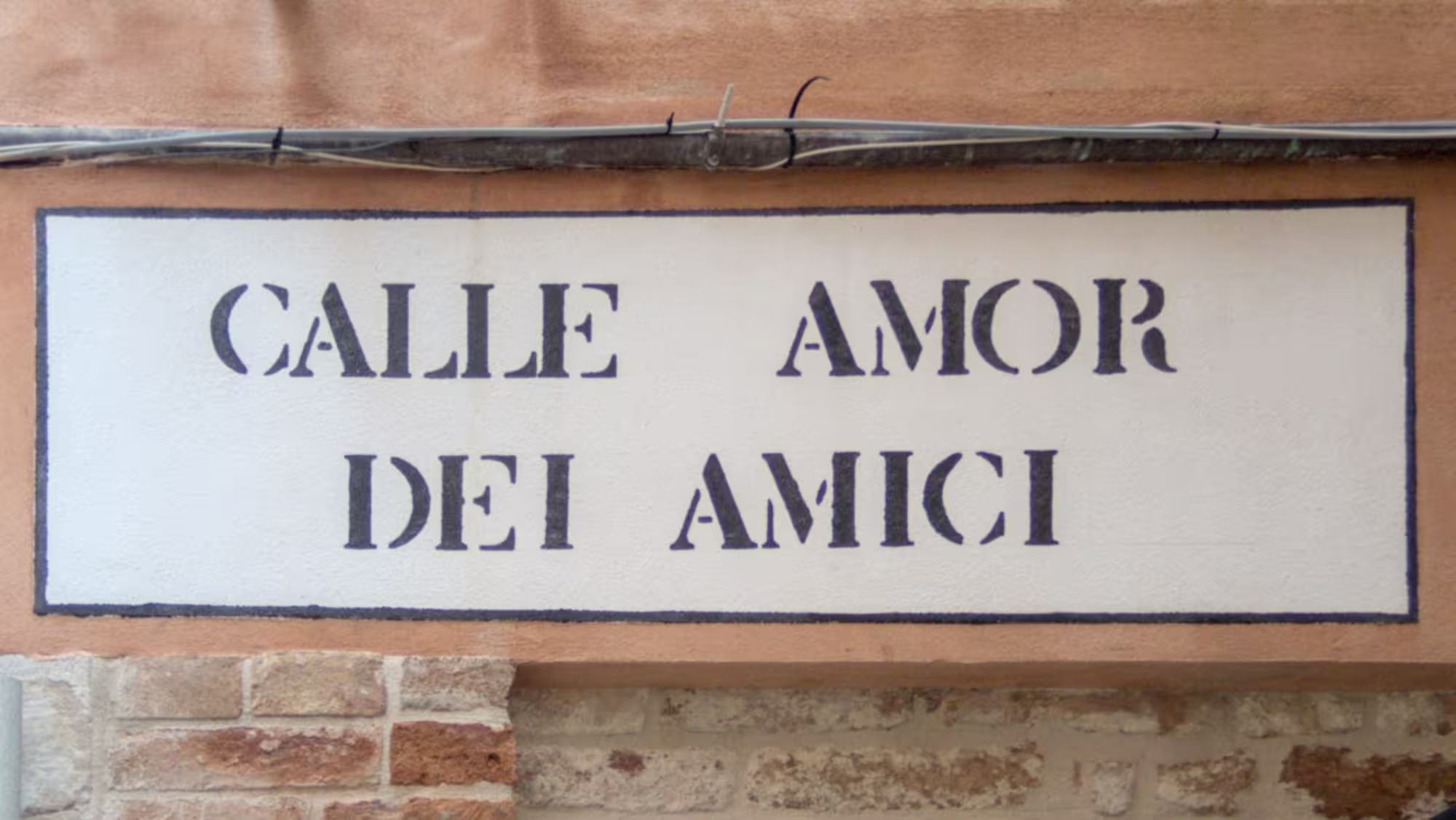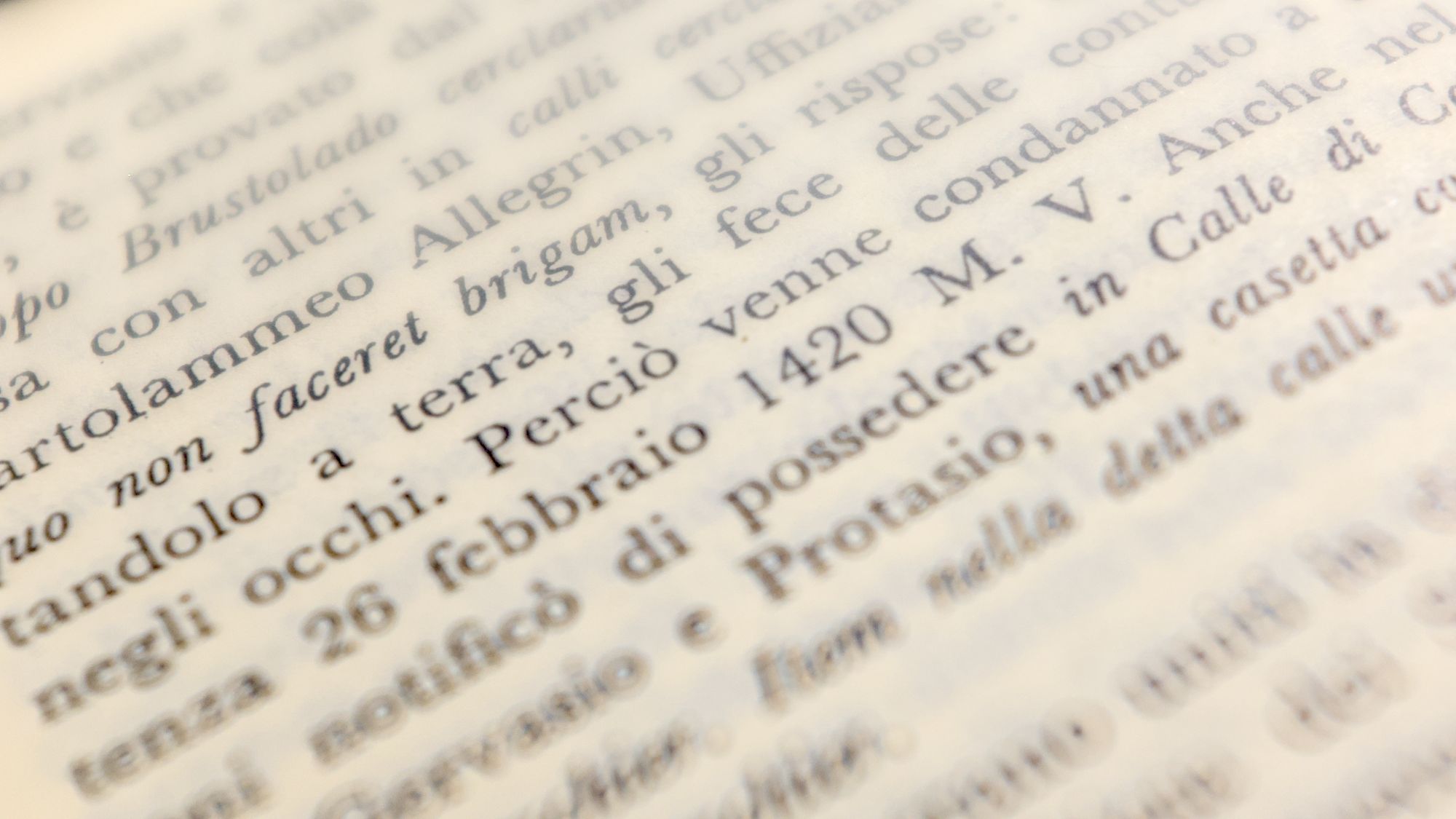Articles
-
Rio di San Leonardo
Strada Nove #3: The Rio di San Leonardo was interred in 1818, ostensibly for economic reasons, even though the locals complained.
-
Rio del Isola
Strada Nove #2: Rio del Isola was a canal in Venice which was filled in and joined up with the Lista di Spagna to form the start of the current Strada Nova
-
Nine-Eleven in Venice
Nine-Eleven in Venice is the anniversary of a tornado which in 1970 killed 36 persons, mostly in a sunken water bus at Sant’Elena
-
Bridges in Venice
If everything is old in Venice, then what about the bridges? Well, surprise, most of them are not. In fact, 3/4 of the bridges are modern.
-
Odd names in Venice – what were they thinking?
Big Eyes, Honest Women and the Love of Friends. There are some odd place names in Venice, which pose many questions with few answers.
-
More Veneto
“More veneto” refers to the official calendar of the Venetian State which was based on the ancient Roman calendar

